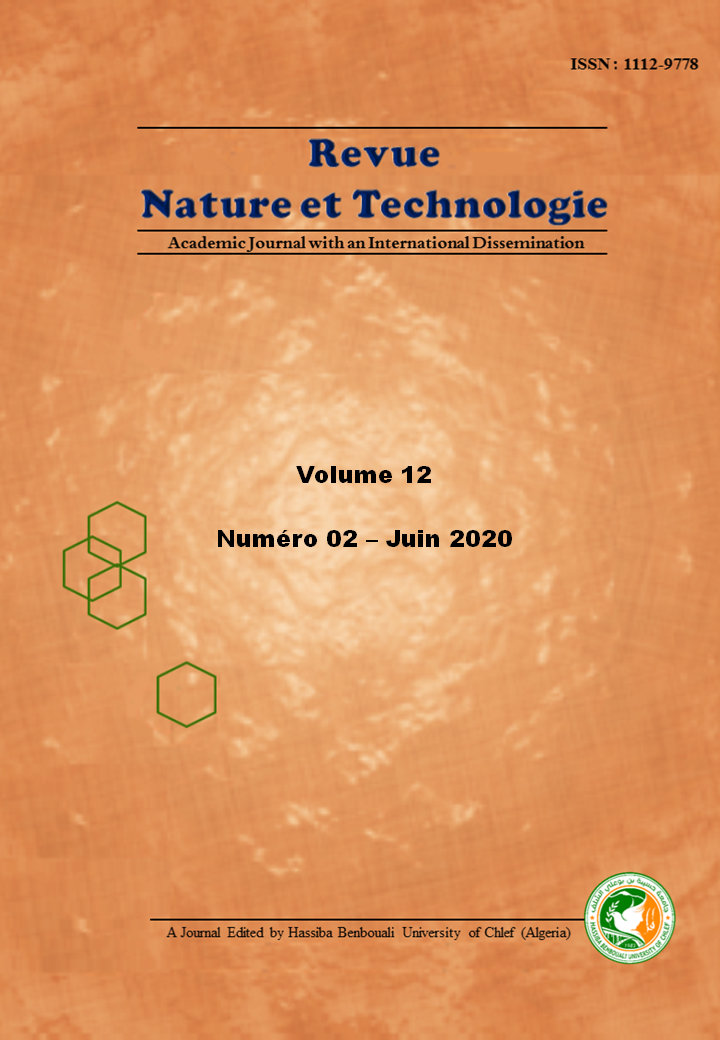Pollen Rain and Floristic Inventory in the City of Annaba (Algeria)
Keywords:
Plant cover, Floristic inventory, Moss pads, Pollen rain, Pollen allergyAbstract
To study the vegetation cover of a given region, we often call for the study of pollen rain. This method allows the inventory of
vegetation to be carried out during a given period. The objective of this study is to design the plant inventory of a site in the city of
Annaba, the Christian Cemetery, based on pollen analysis. The Cemetery is a favorable place, par excellence, for the development of
foam pads. These are excellent sensors for pollen and spore diversity. The latter are well preserved in their leaves thanks to a suitable
acidity and humidity. Four representative samples of the spatial variability of the cemetery's environment and flora were used. The
results obtained show that the foam pads are, on the one hand, very developed and on the other hand very rich in pollen which are in
perfect state of conservation. Pollen analysis has shown a great diversity in flora, in particular51 taxa belonging to 41 families, 28 tree
species and 23 non-tree species. The pollen of Poaceae is the most dominant in the four samples, followed by the pollens of the species: Pinus sylvestris, Cupressus sempervirens, Quercu ssuber, Olea europeae and Myrica sp. The majority of the plant species existing in the plant cover of the site are manifested by the abundance of their pollens in the moss pads. The presence of "foreign" pollens has been noted in relation to different species which are not included in the cemetery's floristic inventory. The use of pollen analysis helps to define the relationships that exist between the plant inventory making up the plant cover and pollen rain. This approach to determining highly pollen-producing species in protected urban areas could be used as a predictive model, by the Ministry of Health, of periods conducive to allergies in humans.

Downloads
Published
How to Cite
Issue
Section
License
Copyright (c) 2020 Nature & Technology Journal

This work is licensed under a Creative Commons Attribution 4.0 International License.
- All publications of "Nature & Technology Journal" are available under CC-BY Creative Commons Attribution 4.0 International which allows sharing, copying, reproduction, distribution, communication, reuse, adaptation by all means, in all formats and under all licenses.
- Any exploitation of the work or derivative works, including for commercial purposes, is possible. The only obligation is to credit the creators of the authorship of the original works, to indicate the sources and to indicate if modifications were made to the works (obligation of attribution).
This License gives:
- Nature & Technology Journal the right to develop, promote, distribute and archive the article set cited above (including, without limitation, the right to publish the work in whole or in part in any form whatsoever) and ensure the widest dissemination.
- The author (s) reserves the right to use all or part of this article, including tables and figures of his own works, providing that the appropriate recognition is given to the publisher as the holder of the copyrights, and the right to make copies of this article for its own use, but not for sale.




